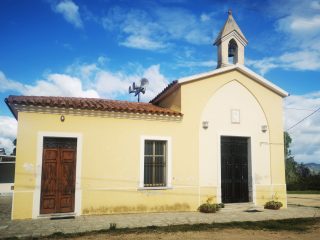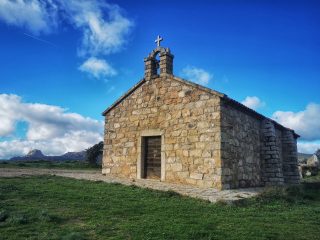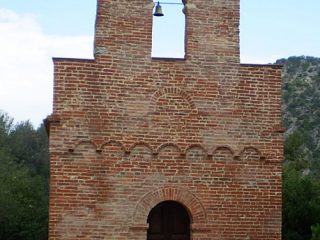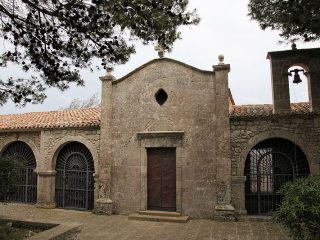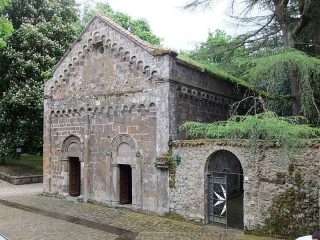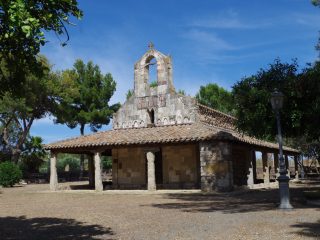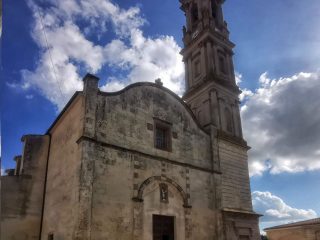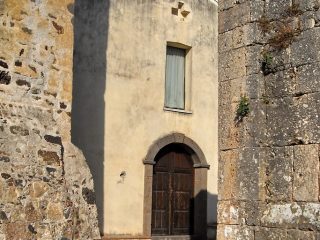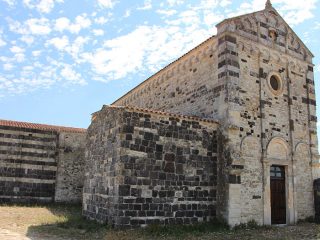The procession held each year carrying the wooden siculacrum of the saint from the church of the same name in Cagliari and another in Nora is directed towards this church. Indeed, tradition has it that this is where the soldier Efisio was martyred. He was initially entrusted with persecuting the Christians and then converted to Christianity himself.
The area where the current-day church of Sant’Efisio stands, acted as a freight yard operational as far back as the VIII century B.C., also used by the Romans and Phoenician-Punic people.
Some of the burial inscriptions from the IV-VI centuries are proof that, in memory of the martyr, there was probably a Christian cemetery somewhere in this area. There are, however, few remains of the ancient Christian building, probably incorporated into the current-day one. In particular, in the area below the domed structure which emerges from the floor is a form of recognition of the early Medieval martyrium of the saint.
The current-day structure is the result of numerous interventions. The central nucleus, in pre-Romanesque style pre-dates 1089; the year in which the judge of Cagliari, Costantino Salusio II donated the church to the Victorian Monks of Marseilles.
Its sturdy and austere appearance is highlighted by the absence of ornaments both inside and outside the building, which has a three-sided longitudinal nave and a semi-circular apse. The facade is concealed by an atrium with portico dating back to the XVII-XVIII centuries, while the left side houses the sacristy and other parts of the building used by the confraternity.



